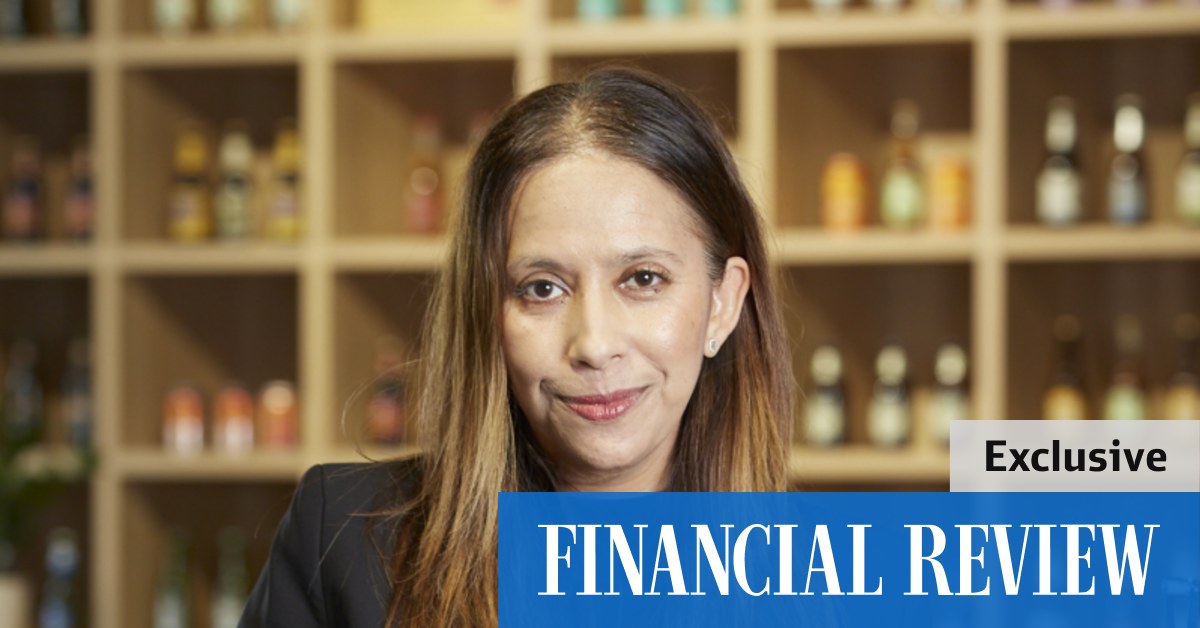
Josh Faulks, the chief executive of the AANA, said that “pretty intense cost pressures” are overwhelming margins in many businesses he speaks to.
“Some of my members have got rock star sales performers, but that’s being overwhelmed by unprecedented increases in cost supply chain. One iconic Australian brand, they said they’ve got double-digit growth in sales, but that’s being met by 20 per cent increases in costs,” Mr Faulks said.
“They’re going backwards. They can’t pass that all on to customers, they have to cut costs in other ways.”
The AANA’s short survey asked simply: “Is your marketing budget currently being reduced?” with “yes”, “no” and “n/a” as the options. One-third said yes.
The poll also asked top marketing executives what their priorities for 2023 were, with the highest answer – by far – being “marketing effectiveness / return on investment” chosen by 71 per cent of respondents. The second-highest answer, “sustainability”, was at 40 per cent.
Hard metrics and tactics for growing sales, in other words, trump “funnels and things that non-marketers don’t understand”, Mr Faulks said.
‘Not the time to cut’
The key message the AANA is telling its members and the market is to keep investing through uncertainty.
“What I find encouraging is that two-thirds are holding. I think now is not the time to cut,” Mr Faulks said.
“There’s plenty of research that supports the proposition that brands that maintain or increase their marketing spend outperform their competitors and are in a much better position to supercharge a recovery. I find [it] a bit of a no-brainer – if you maintain and everyone pulls out, you’ll grow market share.”
Anubha Sahasrabuddhe is chief growth officer at Lion, the beverage giant behind XXXX Gold, Heineken, James Squire and Furphy. Her marketing budget has not been reduced, but she maintained that a downturn created opportunities.
“There will always be a range of industry people in certain segments disproportionately affected, and that creates cuts. But there are others where it’s an opportunity to ensure your brands and portfolio are the choice,” she said.
“There is no doubt everyone is facing the headwinds of the current macroeconomic pressure. But actually over the last two years, we’ve faced that – supply chain costs, COVID. Marketers as business leaders are very well-versed in the skill of navigating these things.”
Cradles for innovation
An almost 20-year veteran after years as a Coca-Cola exec in Asia, Wrigley CMO in China, and Mars marketer in the US, Ms Sahasrabuddhe said she had seen the impact of economic downturns on big companies.
“Have I been through this? Yes – but not in Australia… While the world was freaking out about the global financial crisis, China was booming. Everything is contextual. At the moment, globally, due to the connectedness we all have, we’ve never seen such consistent themes. Whether you’re in the US, Australia or the UK, inflation is real, consumer spending power is being constrained.”
Recessionary or challenging environments are “brilliant cradles for innovation”, she added.
“Consumers are still going to need stuff. Culture and context is everything. You can be beautifully in sync with where consumer sentiment is.”
Martin Brown, the chairman of the AANA and Nestlé Oceania’s general manager of coffee and dairy, pointed to global inflation as a driver of cost decisions.
“Global inflation in posing challenges for brands as gross margins remain under pressure. Before price is passed on, all costs and investments come under greater scrutiny. That’s fair,” he said.
“So brands that can continue to invest effectively will do better … Winning the case for brand investment, backed by a strong business case, is a CMO’s prime challenge.“

0 Comments :
Post a Comment